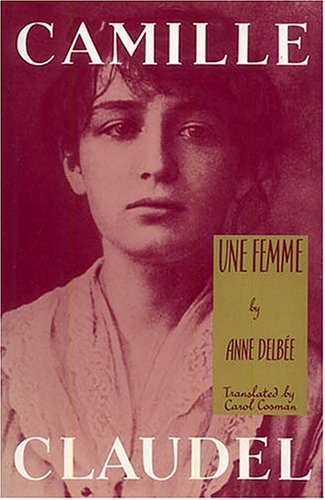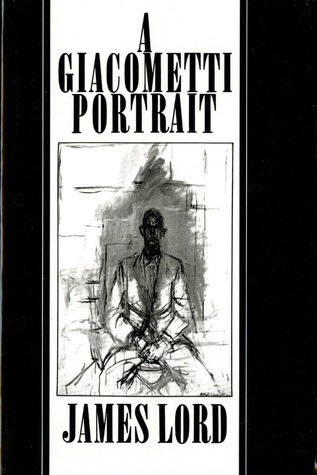
The Journal of Eugene Delacroix
Book Description
Unveil the raw passion of an artistic genius as 'The Journal of Eugene Delacroix' thrusts you into the heart of 19th-century France. This gripping collection of intimate reflections captures the tumult of creativity, the relentless pursuit of beauty, and the fiery conflicts that shape a man’s destiny. Experience the tempest of inspiration and despair, as Delacroix grapples with his inner demons, artistic rivalries, and the ever-changing landscape of his art. Each page pulses with emotion and vivid imagery that transports you to a world where passion collides with reality. Can the soul of an artist triumph amidst chaos?
Quick Book Summary
"The Journal of Eugene Delacroix," edited and translated by Lucy Norton, is an intimate and profound glimpse into the mind of one of the 19th century's most influential French painters. Chronicling his thoughts from 1822 to his death in 1863, Delacroix's journal reveals the struggles of the artist—his battles with self-doubt, pursuit of beauty, and observations of the world around him. In candid entries, Delacroix explores the passions and anxieties fueling his creative process, discusses art theory, and shares vivid encounters with the people and places that inspired his work. Reflecting broader themes of artistic rivalry and the search for meaning, the journal not only documents Delacroix’s technical and philosophical growth, but also offers a window into the joys and despairs inherent to a dedicated artistic life in turbulent times.
Summary of Key Ideas
Table of Contents
The Struggle and Triumph of Artistic Creation
Delacroix’s journal chronicles the daily ebb and flow of inspiration and creative frustration. In honest, sometimes tormented reflections, he records his relentless pursuit of artistic mastery and the struggle to realize the visions swirling in his mind. Interspersed with rapture for beauty and color are spells of despair—doubt dogging each brushstroke. For Delacroix, the act of creation is both suffering and ecstasy, and his journal powerfully evokes the tempest of emotions accompanying the artist’s journey.
The Influence of Society and History on Art
The journal situates Delacroix within the cultural and political upheavals of 19th-century France. He documents the ripple effects of revolutions, changing artistic tastes, and the social turbulence permeating his era. These broader events bear upon his work both practically—impacting patronage, commissions, and reputation—and philosophically, as Delacroix questions the place and power of art in society. His commentary navigates the intimate connection between an artist and his times, tracing how culture molds artistic expression.
Intimate Reflections and Self-Doubt
Delacroix exhibits profound introspection in his self-analysis, frequently returning to his perceived shortcomings and anxieties. He wrestles with self-doubt about his talent, health, and legacy. These confessions lend the journal a remarkably modern voice—one that resonates with the timeless insecurities all creatives face. Yet through these bouts, Delacroix’s devotion to his work never flags. His journal becomes both confessional and cathartic, an exercise in understanding oneself through the act of writing.
Artistic Rivalries and Relationships
Artistic rivalries and interactions with peers play a significant role in Delacroix’s narrative. He documents meetings, tensions, and influences, particularly with artists like Ingres, as well as his admiration and critique of the old masters. Delacroix dissects the shifting nature of fame and recognition, exploring how relationships within the artistic community shape and challenge creative output. These engagements, both competitive and collegial, fuel his pursuit of innovation and give insight into the artistic scene of his day.
The Search for Beauty and Meaning
At its core, the journal is a meditation on the pursuit of beauty and the search for enduring meaning in art. Delacroix reflects on the subjects, colors, and emotions that guide his hand. Driven by an insatiable hunger to capture fleeting impressions of the sublime, he strives to reconcile personal vision with the technical demands of his craft. The journal is testament to how, through struggle, doubt, and inspiration, one man’s art became a lasting beacon of beauty amid chaos.
Download This Summary
Get a free PDF of this summary instantly — no email required.





